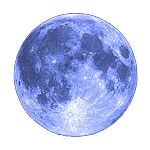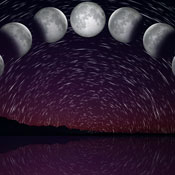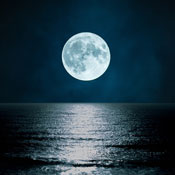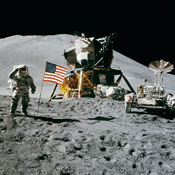How long does a Full Moon last?
Have you ever actually wondered just how long a full moon lasts? Well, it turns out that the answer is not quite as straightforward as you may think.
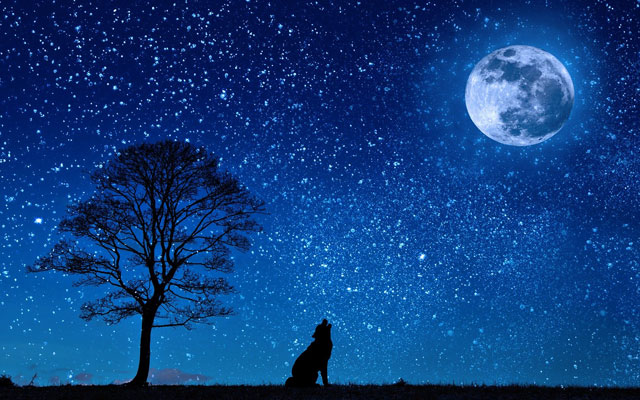
A full moon technically lasts for only an instant, the moment when the Moon and the Sun are in absolute opposition in Earth's sky. This means the Moon is on the opposite side of the Earth from the Sun, and we see the entire face of the Moon which is illuminated by the Sun.
However, to the naked eye, the Moon can appear to be full for upwards of three days. The duration of a full moon depends on a few factors, including the particular moon cycle we are in and the position of the moon relative to the Earth. Generally speaking though, the moon will appear full for two to three days.
In a typical lunar cycle, the moon will move through eight lunar phases. The first of these is the new moon, followed by the waxing crescent, first quarter, waxing gibbous, full moon, waning gibbous, third quarter, and finally the waning crescent. During the full moon phase, the moon appears to be completely illuminated when viewed from the Earth. These phases are gradual though, and it takes a few days for the Moon to go from being almost full to being completely full. It therefore can be almost impossible to tell the exact day the moon is technically full just by looking.
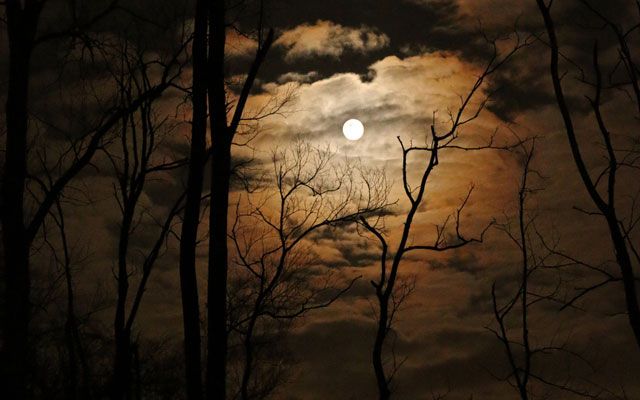
Additionally, the actual exact time of a full moon can occur at any time of the day, even during the middle of the day, so we may have to ask ourselves if the moon we see that evening can still be defined as full.
Another factor affecting the duration of a full moon is its position relative to the Earth. When the moon is at its closest point to the Earth, known as the perigee, the full moon will last slightly longer than when the moon is at its farthest point away from the Earth (apogee).
One last factor affecting the impression of how long the full moon lasts is the time of year and Earth's orbit around the Sun. During the summer, when the Earth is tilted towards the Sun, but conversely away from the full moon, as it is on the far side of the sky. In the winter the opposite is true making the winter full moon like the summer sun. With the moon taking a higher path through the sky in the winter and the nights lasting longer there is at least the impression of the full moon lasting longer.
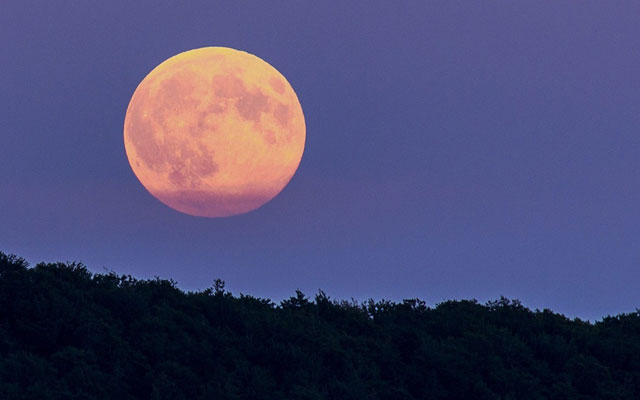
So, while a full moon technically lasts for only an instant, it can appear to be full for upwards of three days, but this will depend on factors such as the time of year and even where you are on Earth.
You might also like...
Moon phase today

Waning Crescent
Next full moons
-
3rd January, 2026
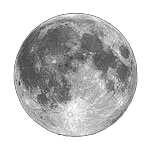
-
1st February, 2026

-
3rd March, 2026

-
2nd April, 2026

-
1st May, 2026

-
31st May, 2026
